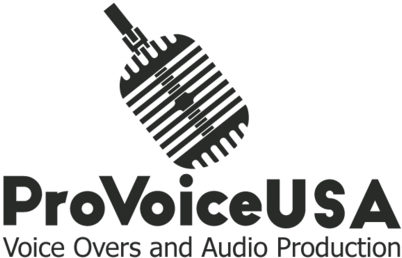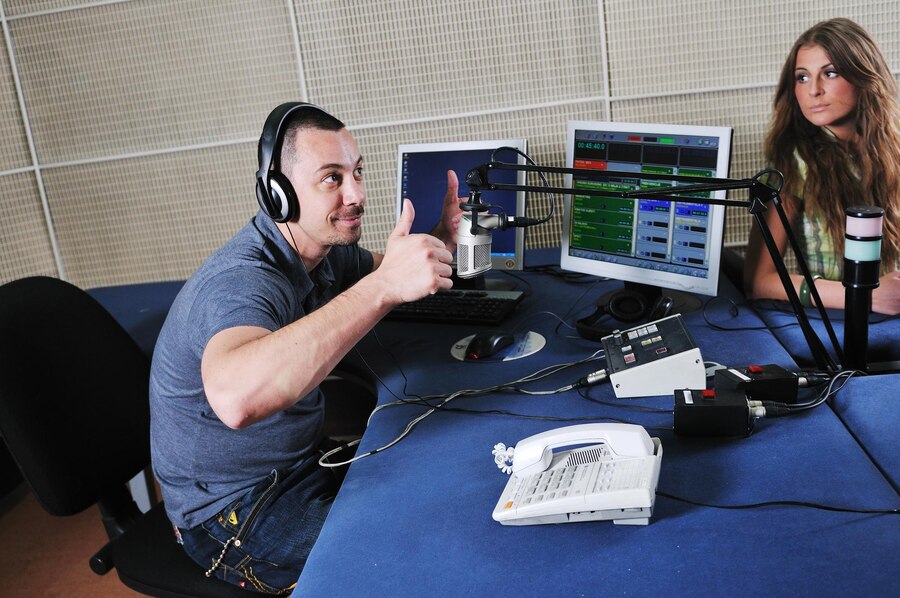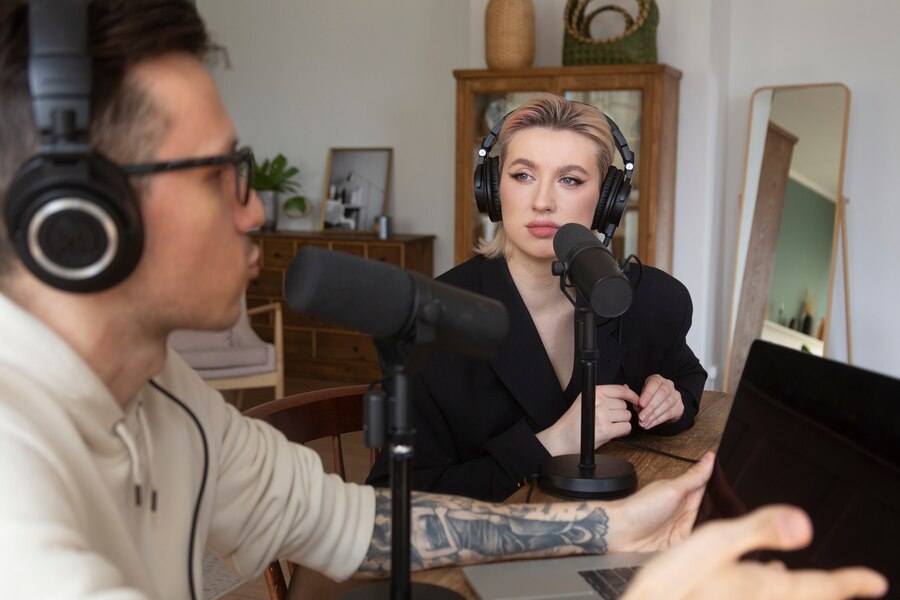In modern business communications, Interactive Voice Response (IVR) systems are pivotal in managing customer interactions efficiently. These systems, equipped with pre-recorded voice prompts, guide callers through menu options, provide information, and facilitate seamless navigation. At the heart of every IVR system lies the essence of professional IVR Recordings – a cornerstone in delivering exceptional customer […]
Category Archives: Blog
On hold messaging is an often overlooked yet crucial aspect of customer communication for businesses of all sizes. When customers are placed on hold, it presents a unique opportunity to engage and inform them about your products, services, and brand. Today, we’ll explore the importance of on-hold messaging, its benefits, and why ProVoiceUSA stands out […]
Interactive Voice Response (IVR) systems are frequently used as the initial point of contact in the hectic world of consumer relations. These systems serve as virtual receptionists for businesses, assisting callers with menu selections, giving pertinent information, and establishing the general tone of the conversation. We explore the creativity of professional IVR recordings in this […]
Voice actors play a crucial part in audio storytelling, contributing to a symphony of voices that harmonically brings stories to life. From advertising campaigns to various voice over services, every voice, particularly that of female voice actors, adds a distinct note to this tuneful arrangement. The many facets of the voice over industry are examined […]
With every second counting and every word mattering in the fast-paced advertising world, voice becomes an invaluable tool for creating compelling brand storylines. The captivating realm of advertisements is largely due to the deft craftsmanship of voice-over performers, who imbue screenplays with feeling, character, and a unique sound identity. In this investigation, we examine the […]
The art and science of expert voice over services are crucial in the wide world of digital material, where every word has meaning and resonance. A compelling message may be turned from just words into an engaging experience, regardless of the medium—a commercial, narration, or e-learning module—by the person narrating the script. In this investigation, […]
A firm’s relationship with its customers is like a delicate ballet in customer service and business communication. Every client engagement is a chance to leave a lasting impression, and IVR (Interactive Voice Response) systems are one frequently disregarded component of this interaction. Callers are led through a succession of selections and menus by these automated […]
It is impossible to emphasize the importance of professional voice-over services in media creation, where everything may make or ruin a project. The perfect voice can elevate your material to something genuinely spectacular, whether you’re producing a commercial, an instructional video, an online course, or an animated series. The importance of professional voice actors, the […]
The art of storytelling goes beyond written words on a page or visuals on a screen in media creation. It’s about establishing a connection, an experience, and a special moment. Male voice actors are crucial in forming this experience since they connect the audience and material. In this article, we’ll delve into the diverse world […]







